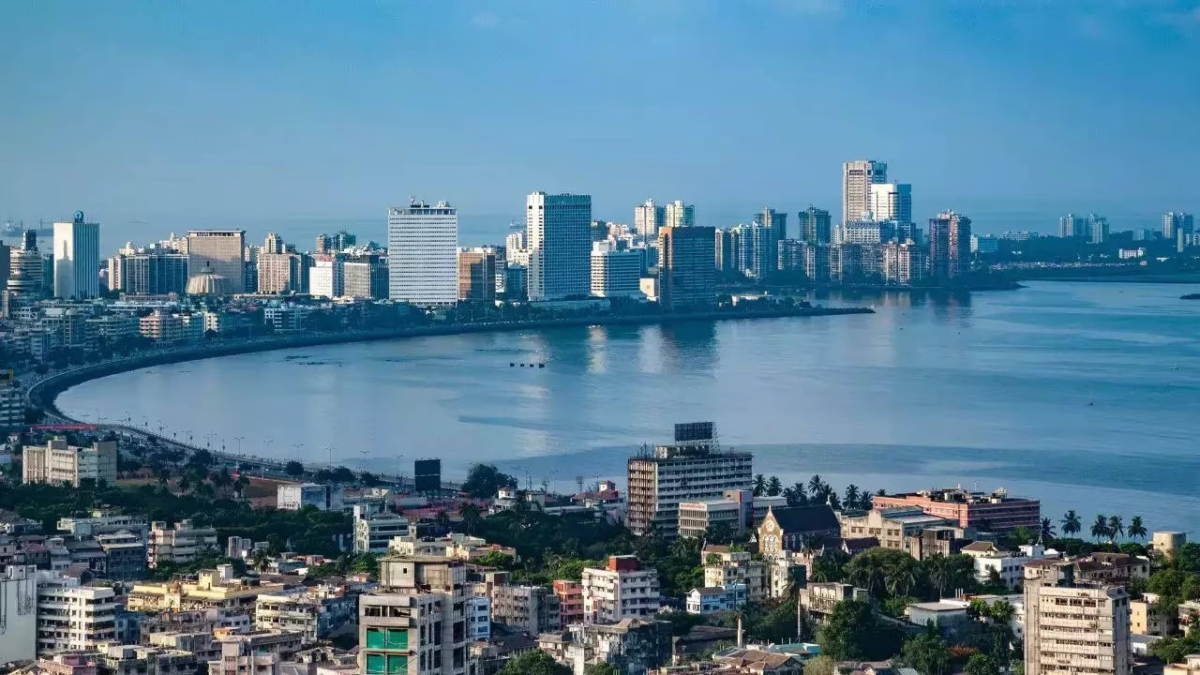A nuclear source is being moved out of the basement of a prestigious heritage campus in South Mumbai. While the Institute of Science’s authorities were planning to demolish an old single-story building and build a new one, longtime residents pointed out that the campus’s nuclear sources, plutonium and Californium-252, needed to be safely relocated first.

(Image source : Google)
Closure of a chapter in the institute
This will close a significant chapter in the institute’s history once it has been evaluated and relocated. The institute is home to a renowned nuclear chemistry laboratory. Founded in 1962 and developed into a full-fledged department in 1975, the laboratory was the brainchild of eminent scientist and head of the institute, professor B C Haldar. However, it faded after some groundbreaking research because the state government was not providing enough funding or attention.
The institute, which had been operating with less than half of its staff due to long-standing financial difficulties, received assistance from corporate India. During the institute’s diamond jubilee, the K C Mahindra Education Trust intervened to establish a chair professor by contributing Rs 3.25 lakh. But in 2003, with the graduation of David Manjula as the final PhD student, the lights were turned out. The Bhabha Atomic Research Centre (BARC) has been contacted to remove the nuclear source, which is the only item still present in the lab. Thus far, the nuclear source has completed fourteen half lives.
Rajnish Kamat’s comments on the action
“We haven’t gone inside this building. However, the building is currently in disrepair due to its age. Our letter to the BARC authorities requests that they dispatch their experts to remove this nuclear source. As soon as we’re safely outside, we want to expand our research in upscale areas that are central to societal applications and grow vertically once the required permits are obtained,” stated Rajanish Kamat, vice-chancellor of Dr. Homi Bhabha State University, a cluster university that includes the Institute of Science. Recalling the late 1970s and early 1980s, both nuclear sources were imported, said retired professor of chemistry Arun Sawant, who later became vice-chancellor of Rajasthan University.
He discussed using the nuclear source and the safety measures that were followed before using it. “In the history of this lab, no one has ever been advised to take ten days off if they are exposed to radiation as a scientist. Everything was carefully followed, he said, from our film badge dosimeter (to be worn on the special suit) to the source’s 18-layer shielding to the BARC inspections on a regular basis.

(Image source : X)
When the state government decided to exclude research when calculating a teacher’s workload for salary purposes, several labs at this esteemed institute began to decline. This choice was a significant one for an institution where research drove 75% of activities and classroom instruction accounted for 25%.
More about the prestigious Institute
The foundation of this institute was research. It suffered despite the fact that many professors attempted to spend a significant amount of time in the lab with students in addition to taking on the teaching workload,” an alumnus stated. The institute has seen better days, just like Elphinstone College, its neighbor. The first samples of moon rock were examined here.
Because of the Institute of Science’s stellar reputation, it was one of the select few laboratories worldwide to receive lunar samples in the early 1970s. The departments of nuclear chemistry and radiochemistry, which were given these samples to examine, have a dusty lab these days. The faculty has departed. Narendra Thakkar, a former head of the departments of chemistry and environmental science, states, “The institute was like a place where the lights were never switched off”.


